8 November 2016
INTERVIEW with Tim Drabandt, director of Red Ochre – The Last Guards of the Holy Fire By: Helene AUDUREAU

Mid-October, I had the opportunity to watch the 30’ documentary film Red Ochre – The Last Guards of the Holy Fire by Tim Drabandt and Fanon Kabwe. It will be screened on 5th November at CCA as part of the Documentary Competition of the AIM 2016. I took the chance to ask Tim, one of the filmmakers a few questions and find out more about the ambition and the process making of his film.
Q: Could you tell us a little about your background as a filmmaker and what drove you to Namibia for this project with a HIMBA tribe?
A: As a filmmaker I mostly work in the field of commercials and music videos but also love telling real stories of humans that are inspiring me. I heard about the Himba tribe a long time ago. It has always been a big dream to live with them for a while and explore their culture.
Q: Did you have any previous knowledge of the situation before?
A: I read a lot of literature and watched all kind of videos I could find about the Himba tribe and African tribes in general. This helped a lot to understand certain things upfront, although preparations can obviously only be done to a certain amount – the real life experience is totally different again.
Q: How did you approach the HIMBA Tribe and work with them, particularly the Chief Hivazaro Hembinda? Did you stay with them for the duration of your filming?
A: Through a few connections I got to know a guy in Namibia who is in regular touch with the tribe. We started talking about our project via email. This contact was finally leading me and my colleague Fanon Kabwe into the village. The guide was also our translator for the duration of the shoot. There were many uncertainties if things are going to work out the way planned, but we eventually made it.
We stayed with the Himba inside their village for the whole period of shooting. Staying so close with them was also a key in order for them to open up to us. We were lucky that chief Hivazako Hembinda invited us to sit with him around the holy fire where we used to film the interview parts.
Q: Did you have preconceived ideas on what you were going to find and film there? Did any surprise came up that changed your approach or you way of shooting?
A: The original story for the documentary was planned to be way different from how it came out. I originally wanted to focus on their nomadic way of life. The topic dramatically changed when we arrived there and found out what is really moving the chief: the dying of the Himba culture.
Q: Was it a personal choice to film one singular point of view, that of the elder Chief? Did you consider other points of view during preparation?
A: It was a clear choice for the storyline of the film to only focus on the chief. Since it is a short documentary I felt it would have been too much to introduce other personalities. Rather than that we wanted to get very deep into the chiefs character. And it turned out he had way more interesting and important things to say than what we could fit into 30 minutes.
Q: The film has great cinematic shots, with a balance of panoramic views above the beautiful landscapes filmed by drones as well as very close-ups on body parts and objects. How is it different for a film director to work with drones?
A: It is amazing what technology allows these days. We were able to carry a small drone to the wilderness which would not have been possible this easily 10 years ago. For me the drone shots are a very important element to show the extreme beauty of the nature surrounding the Himba. At the same time it was a tool to reveal the extreme draught, too. Being able to mix those wide aerial shots with traditional cinematography is giving the film a lively variety of perspectives.
Q: The soundtrack adds a sort of daunting atmosphere to the film, emphasizing the tension of time passing and dramatic changes to the Nimba way of life. It is haunting the viewer long after the screening. What drove you to choose Moby’s music?
A: I have always been a big fan of Moby’s work. His dramatic and cinematic style was flowing nicely with our aim for creating an emotional impact on the audience and really making people aware of how urgent the situation is.
Q: How many Himbas are left today and how do you see their future from a personal point of view?
A: Around 20.000 Himba are left today but by far not all of them are living within the traditional culture anymore. Many Himba have moved to the city, where they face the rough Western lifestyle and often end up with alcohol or drug problems.
I personally think that the future of the Himba is very uncertain. Unfortunately the history of other tribes in the world has shown that it seems almost impossible to protect ancient tribes from the impact of the Western world.
Q: Has the film been shown in Namibia and other African countries? What feedback do you generally get? What was the response from the village? Is that a typical attitude of all HIMBA families?
A: The film has screened all over the world, also in many African countries. The response is great, especially Africans can relate very intensive to the topic, since many other tribes were or are going through similar problems. The village of chief Hivazako Hembinda received photographs of the film.
Not all Himba are sharing the same attitude of Hivazako Hembinda – especially younger Himba generations are feeling the urge for Westernization and therefore are willing to leave their roots behind.
Q: The film was shot last year, do you have any news from the HIMBA tribe? Do you intend to follow up the evolution of the village?
A: We are following up on the village through our Namibian guide and translator who is still visiting the village on a regular basis. My big dream is to go back there in person next year and document the changes that have occurred in the meantime.
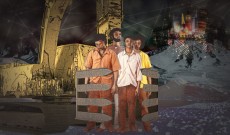
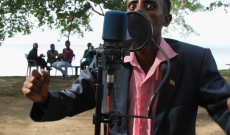
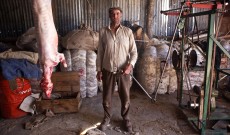


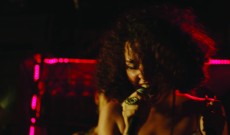

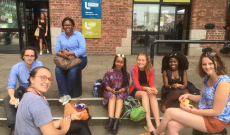
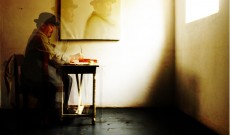


Comments
No one has commented on this page yet.
RSS feed for comments on this page | RSS feed for all comments